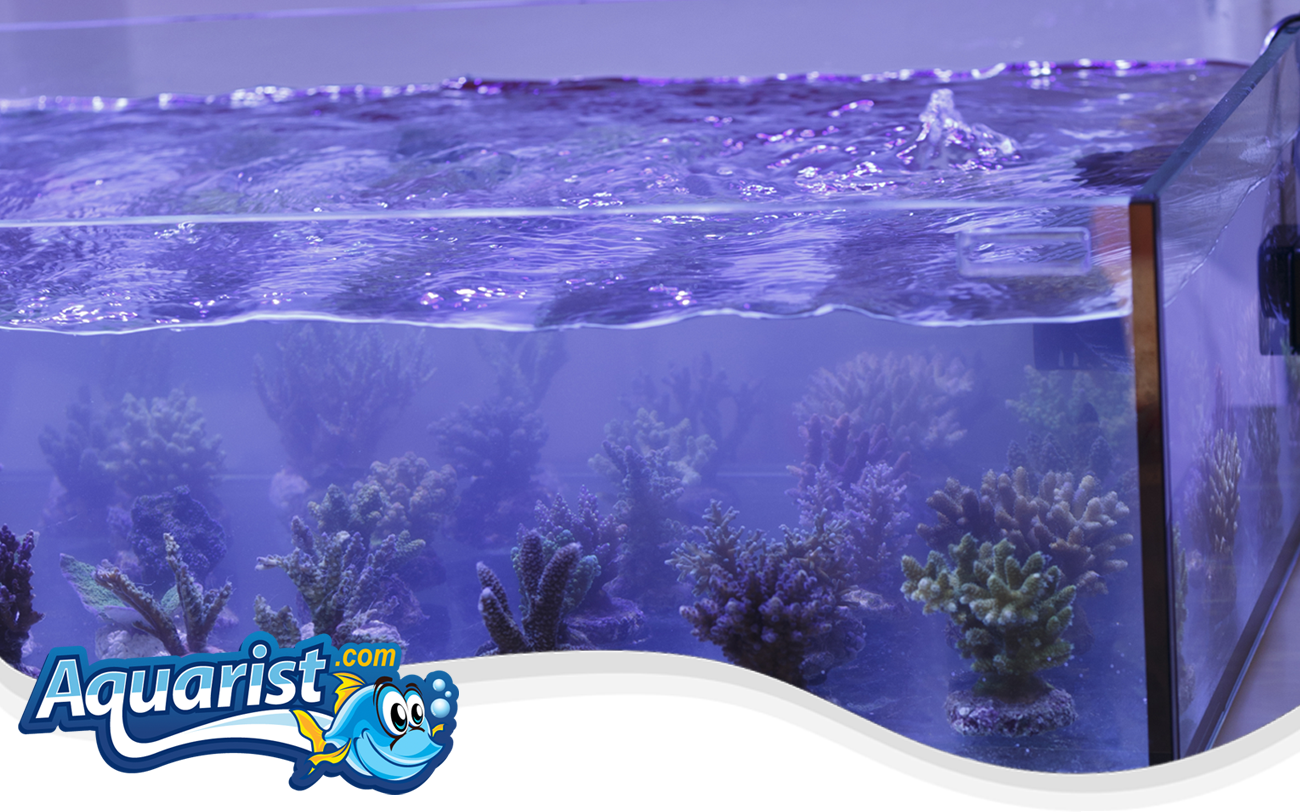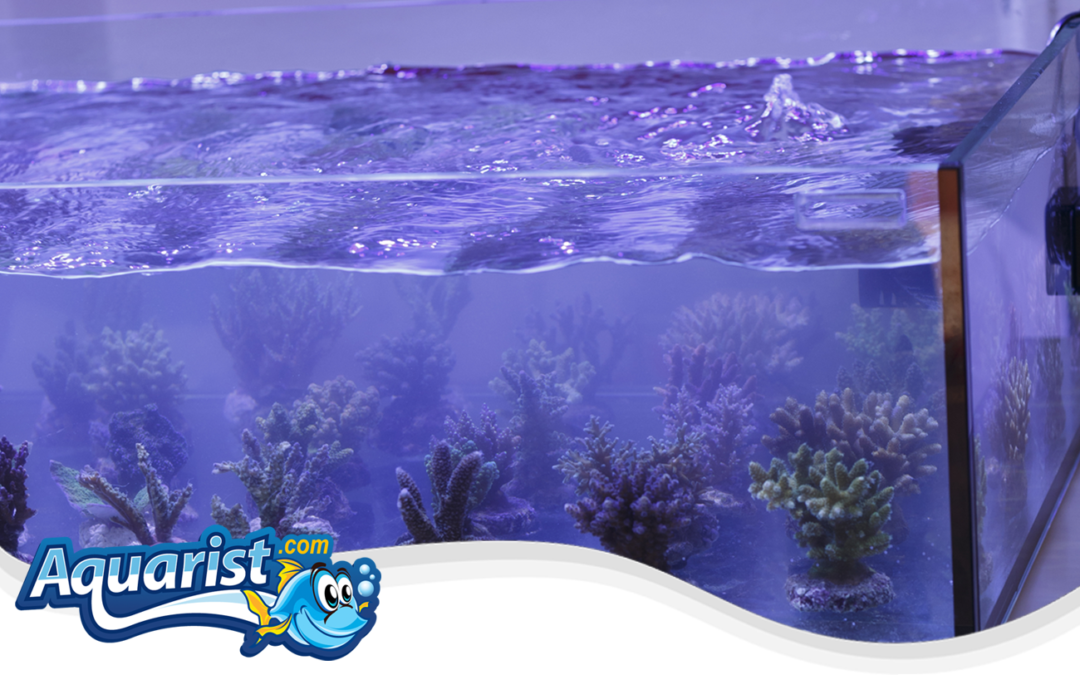
How to Start a Coral Farming Business from Home
Starting a coral farming business from home is a rewarding venture for reef enthusiasts and those looking to combine their passion for marine life with entrepreneurship. Coral farming helps sustain marine ecosystems by reducing the demand for wild-harvested corals, while offering a profitable business model. This guide will walk you through the essential steps to start a coral farming business from your home.
Why Start a Coral Farming Business?
Coral farming is not only a profitable business but also contributes positively to marine conservation efforts. Here are a few reasons why starting a coral farming business can be a great opportunity:
- Demand: The reef-keeping hobby has grown significantly, with hobbyists and public aquariums constantly seeking new and rare coral species.
- Sustainability: Coral farming reduces the need for wild-caught corals, helping preserve natural coral reefs.
- Home-based: With the right equipment and knowledge, you can start a coral farming business from the comfort of your home.
- Profit potential: Many rare coral species fetch high prices, especially for those that are hard to find in the wild.
Step-by-Step Guide to Starting a Coral Farming Business
Step 1: Research and Learn
Before diving into coral farming, it’s essential to build a solid foundation of knowledge. Research the various types of corals, their growth rates, care requirements, and the best methods for fragging and propagation. There are two main types of corals that are commonly farmed:
- Soft corals: Easier to frag and grow, suitable for beginners.
- Hard corals (SPS and LPS): Require more precise water parameters and care but often fetch higher prices.
In addition, familiarize yourself with the equipment needed for successful coral farming, such as lighting, water circulation, filtration, and fragging tools.
Step 2: Set Up Your Coral Farming System
The next step is setting up your coral farming system at home. You will need a dedicated space for the farm, which could be a spare room, garage, or basement. Here are the essential components:
- Aquarium or frag tanks: You can use standard aquariums or shallow frag tanks designed for growing coral. The number and size will depend on the scale of your operation.
- Lighting: High-quality lighting is crucial for coral growth. LED lights designed for reef tanks are ideal, as they provide the full spectrum of light that corals need to thrive.
- Filtration system: A protein skimmer, mechanical filters, and live rock will help maintain water quality and stability.
- Water circulation: Proper water movement is critical for coral health. Powerheads and wave makers ensure consistent water flow across all coral frags.
- Frag plugs and racks: These are essential for propagating and growing coral frags. Racks keep your frags organized, while frag plugs provide a surface for coral attachment.
- Testing kits: Regularly test water parameters (such as pH, alkalinity, calcium, magnesium, and nitrate levels) to ensure optimal conditions for coral growth.
Step 3: Obtain Coral Stock
To start your coral farming business, you’ll need to obtain coral stock. Purchase corals from reputable suppliers or local reef hobbyists. It's essential to start with healthy specimens. Common types of corals for farming include:
- Zoanthids: Fast-growing soft corals that are popular in the reef-keeping community.
- Acropora (SPS): These stony corals are highly sought after but require more advanced care.
- Frogspawn, Torch, and Hammer corals (LPS): Large polyp stony corals that are easy to frag and popular among hobbyists.
- Mushrooms: Hardy and colorful corals that are ideal for beginners.
As you grow your business, you can expand your coral selection to include rare or high-demand species.
Step 4: Propagate Corals (Fragging)
Propagating, or fragging, is the process of cutting corals into smaller pieces (frags) that can grow into new colonies. This is the core of coral farming and where your main income will come from. Here’s a basic overview of how to frag corals:
- Soft corals: Use sharp scissors to cut branches or polyps, then attach them to frag plugs with reef-safe glue or epoxy.
- SPS/LPS corals: Use coral clippers or a saw to cut stony corals. Ensure clean cuts to avoid damaging the tissue.
After fragging, place the frags in your frag tank and monitor them closely for signs of stress. Provide the right lighting and water conditions to ensure fast recovery and growth.
Step 5: Maintain Optimal Water Conditions
Water quality is crucial in coral farming. Corals thrive in stable, nutrient-rich environments, and maintaining water parameters is key to their growth and health. Regularly test the following parameters:
- Temperature: Maintain water temperature between 75-80°F (24-27°C).
- Salinity: Keep the salinity at 1.023-1.026 specific gravity.
- Alkalinity: Aim for 8-12 dKH.
- Calcium: Corals need calcium for growth, so maintain levels between 400-450 ppm.
- Magnesium: Magnesium should be between 1250-1350 ppm.
- Nitrates/Phosphates: Keep nitrate levels low (less than 5 ppm) and phosphates below 0.05 ppm to avoid algae growth.
Proper water changes, filtration, and dosing of supplements will help you maintain these levels.
Step 6: Market Your Coral Farm
Once you have successfully propagated corals and have a stable stock of frags, it’s time to start marketing your business. Here are some effective ways to promote your coral farming business:
- Create a website: Showcase your coral stock, pricing, and contact information on a professional website.
- Use social media: Platforms like Instagram, Facebook, and YouTube are ideal for showcasing your coral frags and connecting with potential customers.
- Sell on online marketplaces: List your corals on platforms like eBay, Etsy, or specialized aquarium forums.
- Attend reefing events: Participating in local or national reef shows and events allows you to network and sell corals to hobbyists and businesses.
- Partner with local fish stores: Build relationships with local aquarium stores and sell your frags to them at wholesale prices.
Pro Tips for Running a Successful Coral Farming Business
- Start small: Begin with a manageable setup and scale your operation as you gain experience and demand grows.
- Focus on quality: Healthy, colorful corals will attract more customers and command higher prices.
- Stay up-to-date: Keep up with industry trends, new coral species, and advancements in coral farming techniques.
- Be patient: Coral growth can take time, so don’t rush the process. Focus on long-term growth and sustainability.
Conclusion
Starting a coral farming business from home can be both profitable and rewarding. By following the steps outlined in this guide, you can build a successful operation while contributing to the conservation of marine ecosystems. With the right equipment, knowledge, and patience, your coral farming business can thrive, providing beautiful corals to hobbyists and helping sustain the reef-keeping community.

